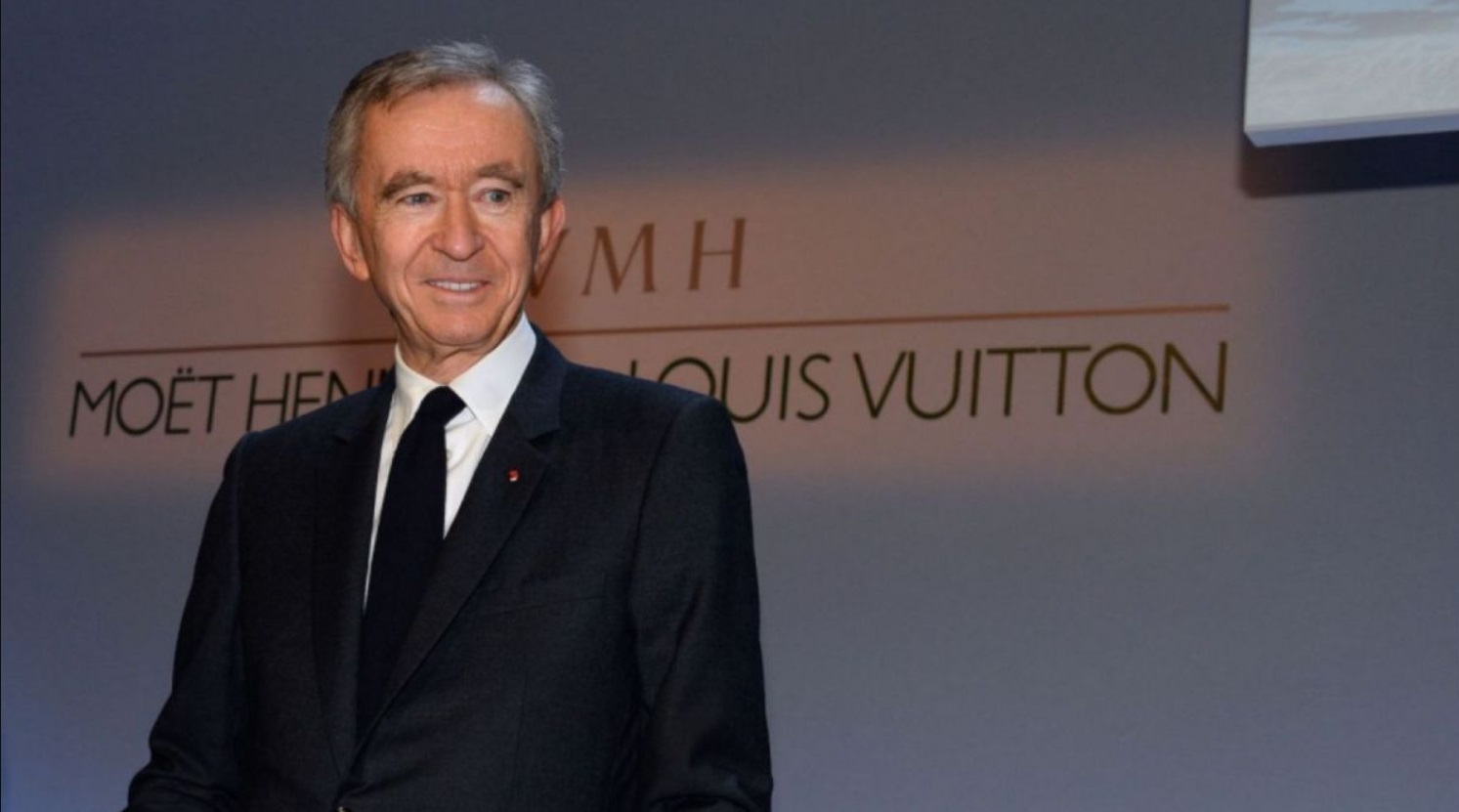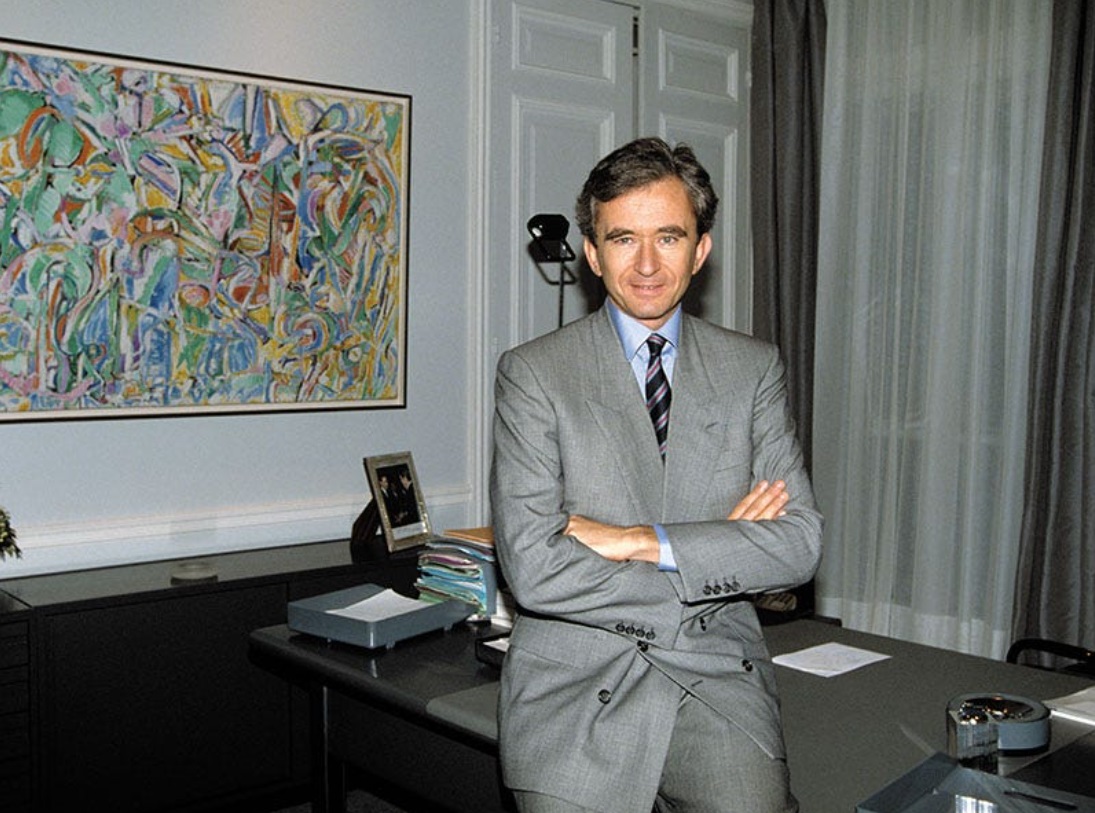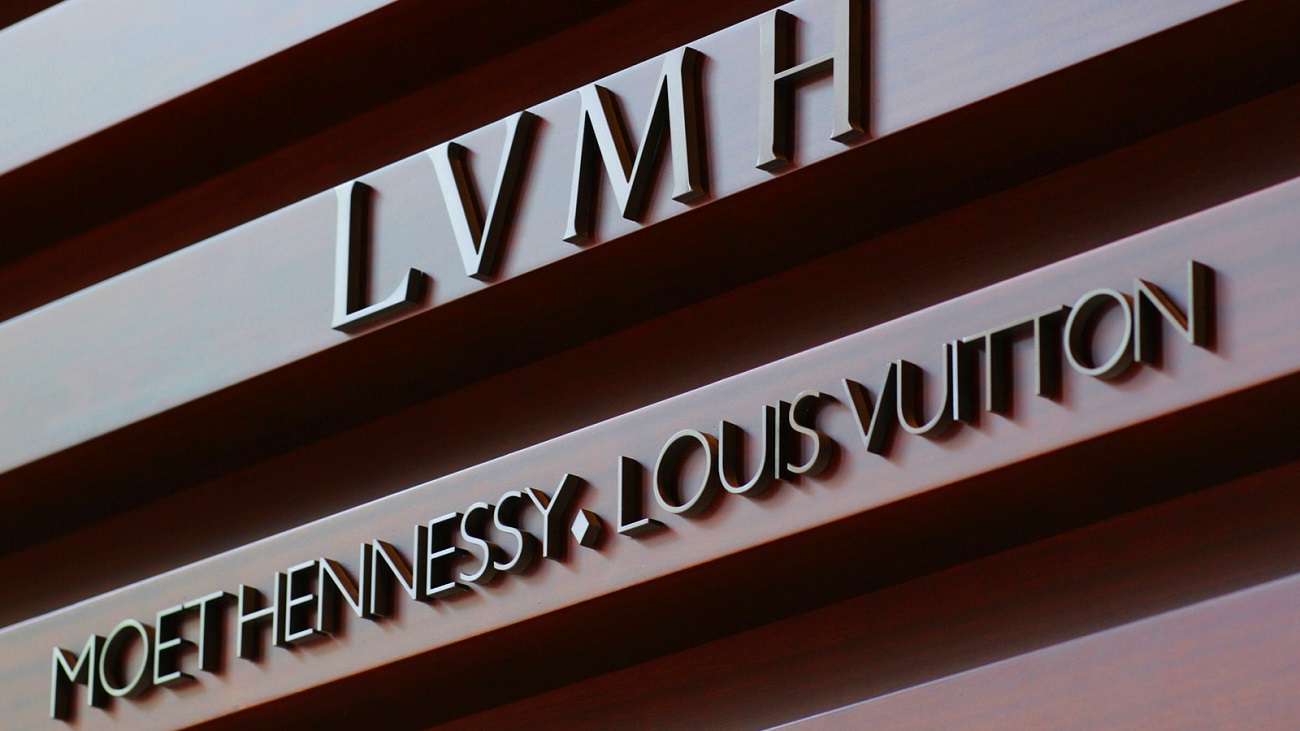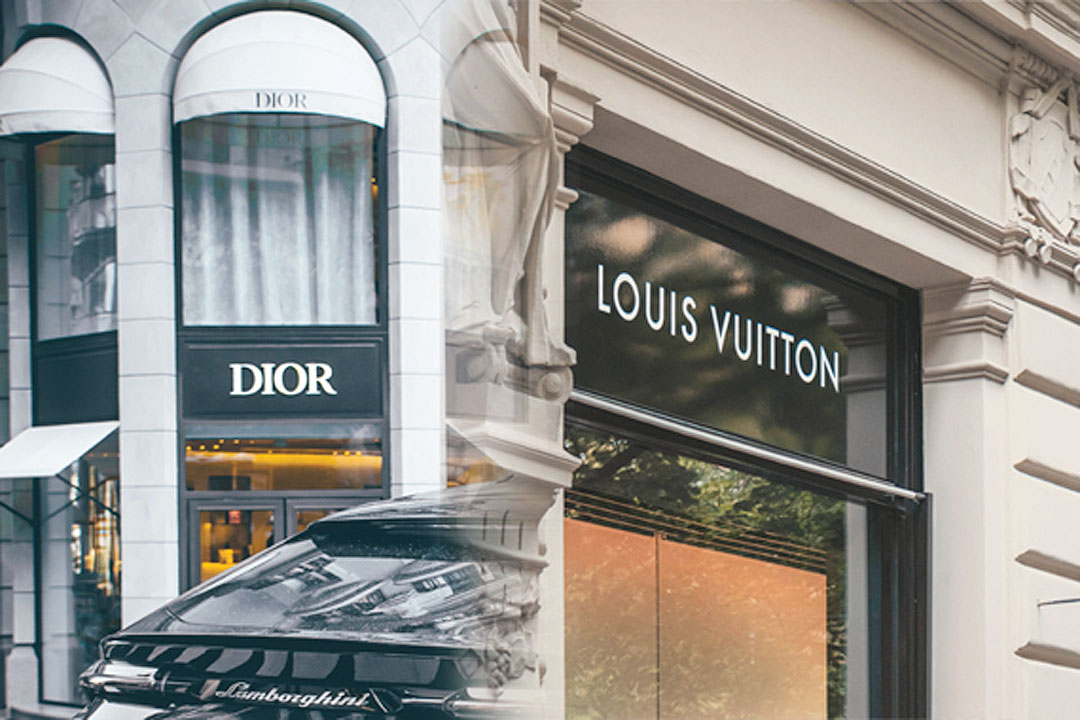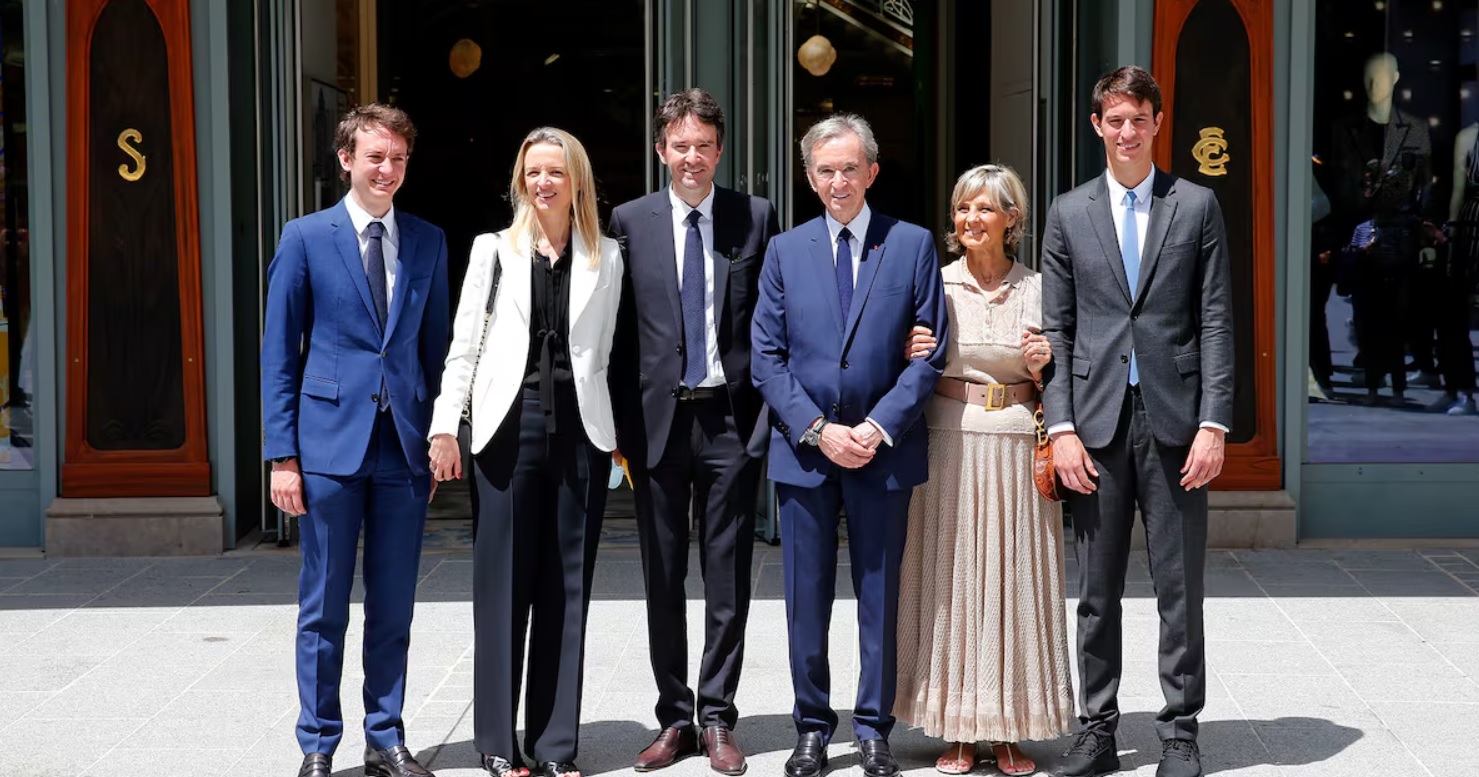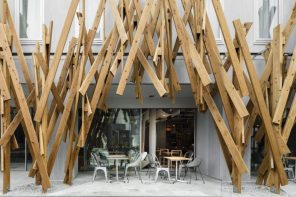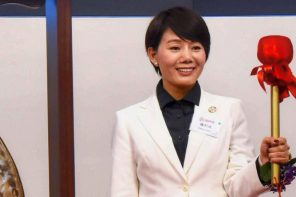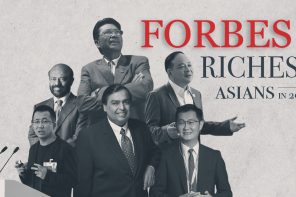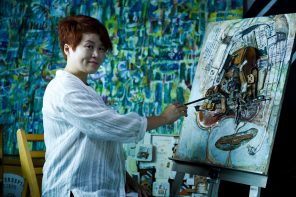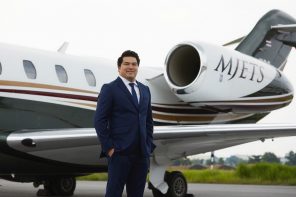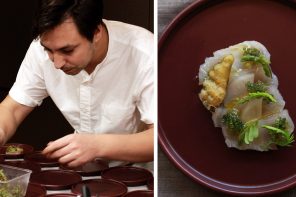Bernard Arnault, the chairman and CEO of LVMH Moët Hennessy Louis Vuitton, has clinched the title of the world’s richest man in 2024, a position that underscores his remarkable business acumen and strategic foresight in the luxury industry. His journey to the pinnacle of global wealth is a tale of calculated risks, shrewd investments, and an unerring eye for luxury brands.
Related article: Asia’s Richest Billionaires in 2022
Early Beginnings and Strategic Vision
Born on March 5, 1949, in Roubaix, France, Bernard Arnault began his career in the family-owned construction company Ferret-Savinel, where he demonstrated an early knack for business restructuring and profitability. However, his true calling lay in the luxury sector, which he entered decisively in 1984 by acquiring a majority stake in Agache-Willot-Boussac, a struggling textile company that owned Christian Dior, one of France’s most iconic fashion houses.
Arnault’s strategy was clear from the outset: he aimed to create a conglomerate of the world’s most prestigious luxury brands. He restructured Agache-Willot-Boussac, divesting non-core assets and focusing on Christian Dior, thereby laying the groundwork for what would become the LVMH empire.
Building the LVMH Empire
The formation of LVMH in 1987, through the merger of Louis Vuitton and Moët Hennessy, was a pivotal moment in Arnault’s career. Arnault played a critical role in orchestrating this merger and subsequently took control of the company. He embarked on an aggressive expansion strategy, acquiring an array of luxury brands including Givenchy, Céline, and Kenzo.
One of Arnault’s most notable acquisitions was the purchase of Bulgari in 2011, which not only expanded LVMH’s footprint in the jewelry sector but also reinforced its dominance in the luxury market. Under his leadership, LVMH grew exponentially, diversifying into various sectors such as fashion, cosmetics, watches, jewelry, and even fine wines and spirits.
Related article: The Buzz about Fenty Beauty: Rihanna’s Newly Launched Make-Up Line
Key Strategies and Acquisitions
Arnault’s strategy has always hinged on maintaining the exclusivity and heritage of each brand while modernizing their appeal. This balance has been crucial in keeping brands like Louis Vuitton and Dior relevant in an ever-changing market. Arnault’s focus on quality and craftsmanship, combined with savvy marketing and a deep understanding of consumer behavior, has allowed LVMH brands to command premium prices.
One of Arnault’s key strengths is his ability to spot undervalued assets and transform them into profitable ventures. The acquisition of Tiffany & Co. in 2020 for $15.8 billion is a testament to this. Despite initial resistance and a prolonged negotiation process, the purchase was finalized, adding a historic and globally recognized brand to LVMH’s portfolio.
Related article: A Touch of Luxury: The Best Skincare Brands for You
Innovation and Digital Transformation
In addition to acquisitions, Arnault has been a proponent of innovation and digital transformation. Recognizing the growing importance of e-commerce and digital marketing, LVMH has invested heavily in online platforms and digital initiatives. The COVID-19 pandemic accelerated this shift, with LVMH brands enhancing their online presence to reach consumers directly. This digital pivot has been instrumental in sustaining growth during challenging times.
Financial Acumen and Market Savvy
Arnault’s financial acumen extends beyond luxury brand management. His investment portfolio includes stakes in various tech companies and startups through his investment firm, Groupe Arnault. This diversification strategy has not only safeguarded his wealth but also provided substantial returns, contributing to his rise as the world’s richest man.
His market savvy is also reflected in his timing of acquisitions and divestitures, often capitalizing on market conditions to optimize LVMH’s growth and profitability. By maintaining a robust balance sheet and a cautious approach to debt, Arnault has ensured that LVMH remains financially resilient.
Philanthropy and Personal Branding
Arnault’s influence extends beyond the business realm. He is also known for his philanthropic efforts, particularly in the arts. His commitment to culture and the arts is epitomized by the Fondation Louis Vuitton, a contemporary art museum in Paris. Such initiatives have enhanced his personal brand, aligning it with cultural sophistication and benevolence.
Conclusion
Bernard Arnault’s ascent to becoming the richest man in the world in 2024 is the result of decades of strategic vision, innovative thinking, and relentless pursuit of excellence in the luxury sector. His ability to foresee trends, adapt to market changes, and leverage opportunities has solidified his standing at the top of the wealth pyramid. As the luxury market continues to evolve, Arnault’s influence and legacy in the industry are set to endure, marking him as a quintessential figure in the annals of global business history.
Visit our luxury magazine, for more articles about some the rich and influential People.
–
Featured Image by VOI

